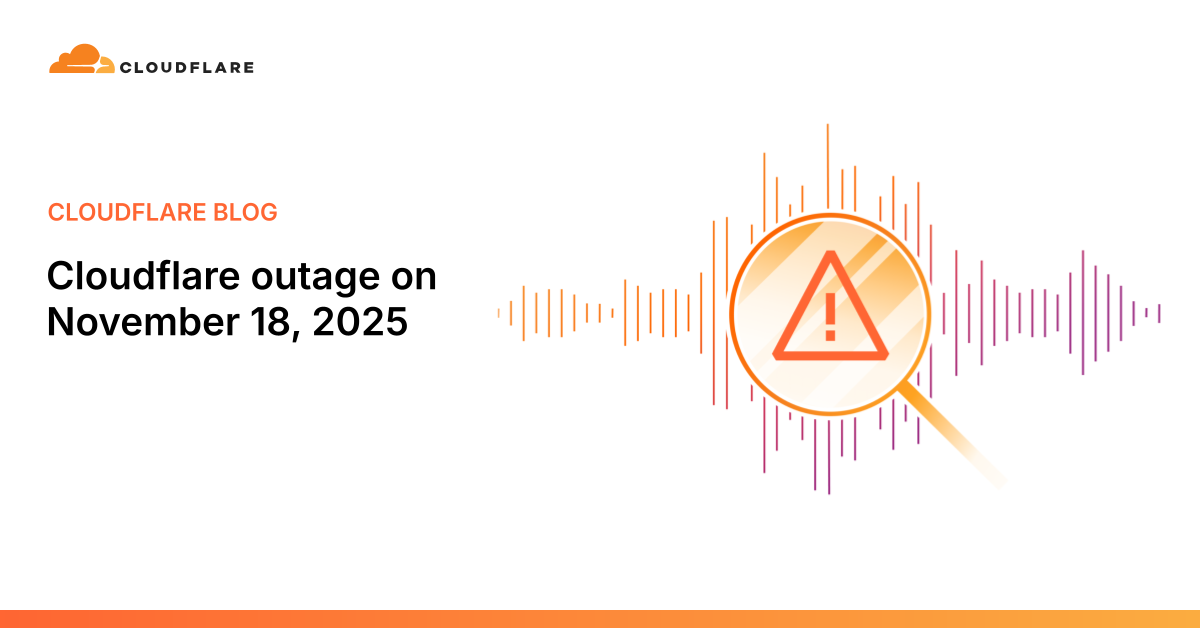The issue was not caused, directly or indirectly, by a cyber attack or malicious activity of any kind. Instead, it was triggered by a change to one of our database systems’ permissions which caused the database to output multiple entries into a “feature file” used by our Bot Management system. That feature file, in turn, doubled in size. The larger-than-expected feature file was then propagated to all the machines that make up our network.
The software running on these machines to route traffic across our network reads this feature file to keep our Bot Management system up to date with ever changing threats. The software had a limit on the size of the feature file that was below its doubled size. That caused the software to fail.



Their motivation is that that file has to change rapidly to respond to threats. If a new botnet pops up and starts generating a lot of malicious traffic, they can’t just let it run for a week
How about an hour? 10 minutes? Would have prevented this. I very much doubt that their service is so unstable and flimsy that they need to respond to stuff on such short notice. It would be worthless to their customers if that were true.
Restarting and running some automated tests on a server should not take more than 5 minutes.
5 minutes of uninterrupted DDoS traffic from a bot farm would be pretty bad.
5 hours of unintended downtime from an update is even worse.
Edited for those who didn’t get the original point.
It wasn’t an unintentional update though, it was an intentional update with a bug.
Edited. My point still stands.
Significantly better than several hours od most of the internet being down.
Maybe not updating bot mitigation fast enough would cause an even bigger outage. We don’t know from the outside.
There are technical solutions to this. You update half your servers, and then if they die you just disconnect them from the network while you fix them and then have your own unaffected servers take up the load. Now yes, this doesn’t get a fixout quickly, but if you update kills your entire system, you’re not going to get the fix out quickly anyway.
Congratulations, now your “good” servers are dead from the extra load and you also have a queue of shit to go through once you’re back up, making the problem worse. Running a terabit-scale proxy network isn’t exactly easy, the amount of moving parts interacting with each other is insane. I highly suggest reading some of their postmortems, they’re usually really well written and very informative if you want to learn more about the failures they’ve encountered, the processes to handle them, and their immediate remediations